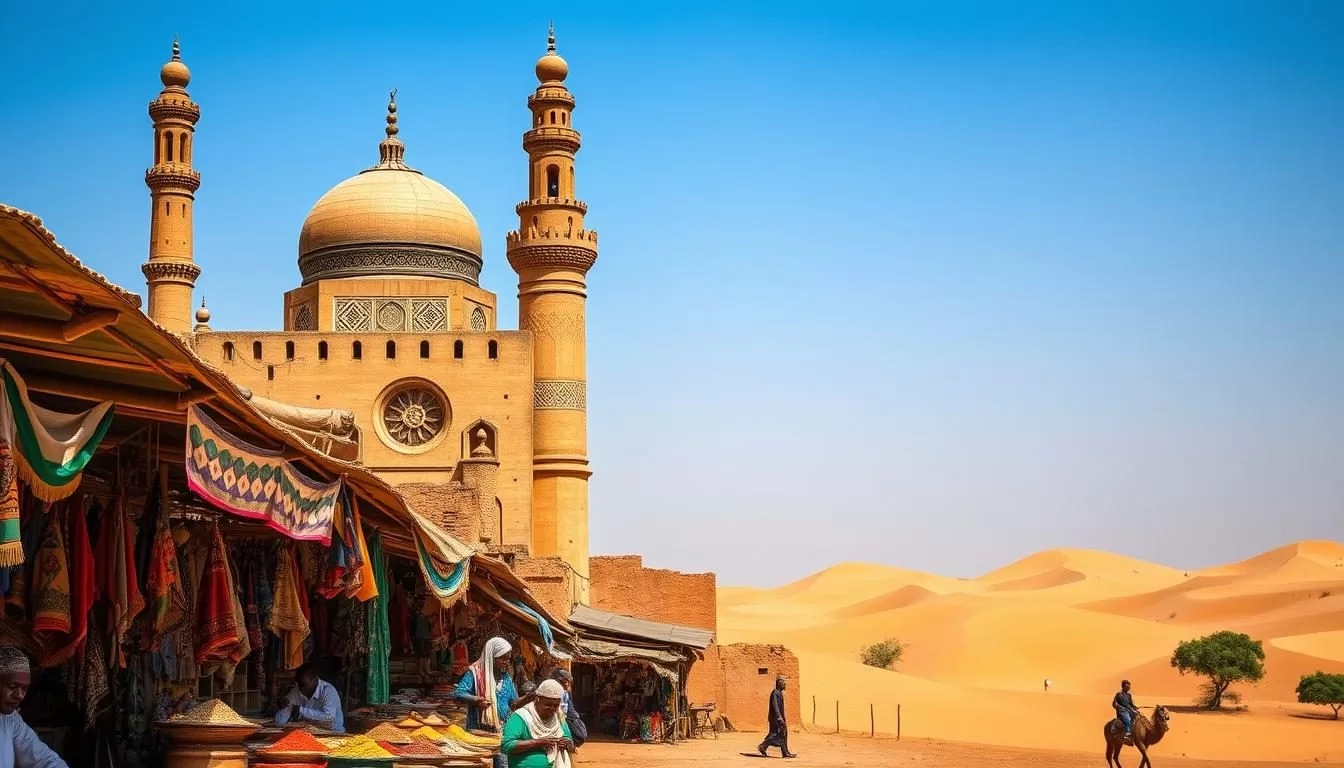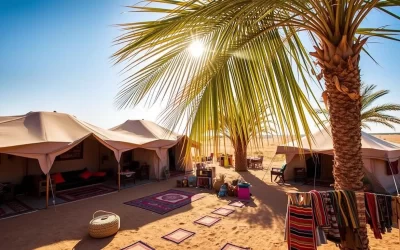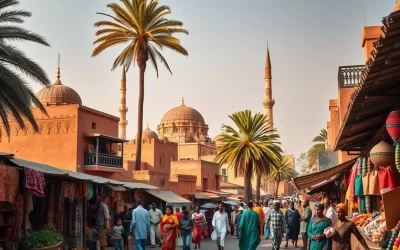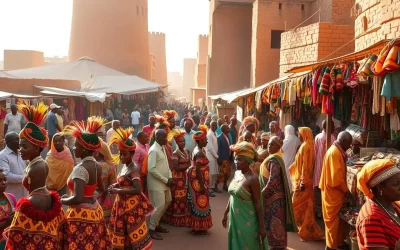Planning a trip to Mali requires careful consideration of the weather patterns to ensure a memorable journey. As a landlocked country in West Africa, Mali offers a rich cultural heritage, stunning natural wonders, and a fascinating history.
To make the most of your visit, understanding the optimal timing is crucial. The country’s climate varies dramatically throughout the year, with distinct dry and wet seasons that impact travel conditions and overall comfort.
This comprehensive guide will walk you through the best time to travel to Mali, exploring the country’s diverse climate zones, monthly weather conditions, and regional considerations to help you plan a weather-savvy trip.
Understanding Mali’s Climate Patterns
To make the most of your trip to Mali, it’s crucial to grasp the country’s diverse climate patterns. Mali’s climate varies significantly across different regions, making it essential to understand these variations to plan your trip effectively.
The Three Climate Zones of Mali
Mali is divided into three distinct climate zones: the Sahara Desert in the north, the Sahel region in the center, and the savanna in the south. The Sahara Desert is characterized by extreme heat and arid conditions, while the Sahel region experiences a semi-arid climate. The southern savanna has a more tropical climate with higher levels of rainfall.
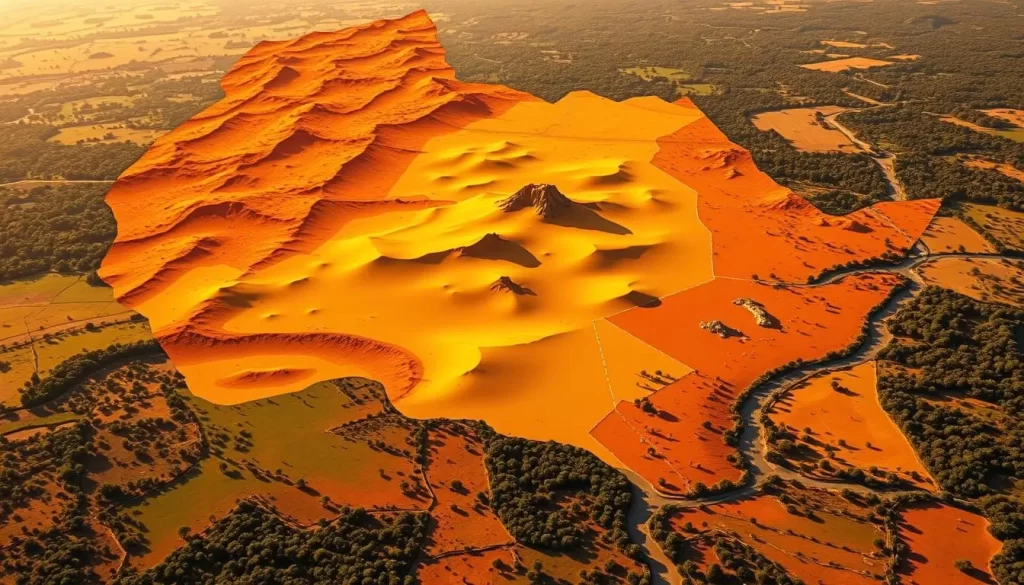
Seasonal Weather Variations
Mali experiences two primary seasons: a dry season from October to May and a wet season from June to September. During the dry season, the harmattan winds bring dust-laden air from the Sahara, creating hazy conditions but generally pleasant temperatures. The wet season brings relief from the heat but introduces heavy rainfall, particularly in southern regions.
The dry season is generally hotter and dustier, especially in the north. In contrast, the wet season is cooler and greener but also more humid and prone to flooding. Understanding these seasonal variations is key to planning your activities and making the most of your visit.
Mali: Best Months for a Weather-Savvy Trip
To experience Mali at its best, travelers need to time their visit according to the country’s seasonal weather patterns. Understanding the climate is crucial for making the most of your travel plans.
November to February: The Ideal Window
The months from November to February are considered the best time to visit Mali due to the comfortable temperatures and minimal rainfall. During this period, the weather is cool and dry, making it ideal for exploring the country’s diverse landscapes and cultural attractions. You can enjoy sightseeing and outdoor activities without the discomfort of extreme heat.
The dry conditions also make it an excellent time to visit historic sites like Timbuktu and Djenné, as well as enjoy travel experiences such as hiking in Dogon Country or taking a Niger River excursion.
Shoulder Seasons: March-April and October
For travelers willing to navigate slightly less ideal weather conditions, the shoulder seasons of March-April and October offer distinct advantages. These periods provide a unique travel experience with fewer tourists and lush landscapes.
- March and April mark the transition from the cool dry season to the hot dry season, with manageable temperatures in the mornings and evenings, ideal for sightseeing.
- October represents the transition from the wet to the dry season, with decreasing rainfall and gradually cooling temperatures, making it perfect for experiencing Mali’s landscapes at their most lush and green.
Visiting during these shoulder seasons can be a great way to enjoy Mali’s attractions without the peak season crowds, making it a valuable travel advice for those looking for a more serene experience.
Month-by-Month Weather Guide to Mali
To make the most of your visit to Mali, it’s essential to know what the weather is like during different times of the year. Understanding the monthly weather patterns will help you plan your trip according to your preferences and the activities you have planned.
Dry Season (November-May)
The dry season in Mali starts in November and lasts until May. During this period, the weather is generally dry and hot, with very little rainfall. November to February are considered the best months to visit Mali as the temperatures are relatively mild, making it ideal for exploring the country’s historic sites and natural landscapes.
As the dry season progresses, temperatures begin to rise significantly from March onwards, reaching their peak in May. If you’re planning to visit during this time, it’s crucial to stay hydrated and protect yourself from the sun.
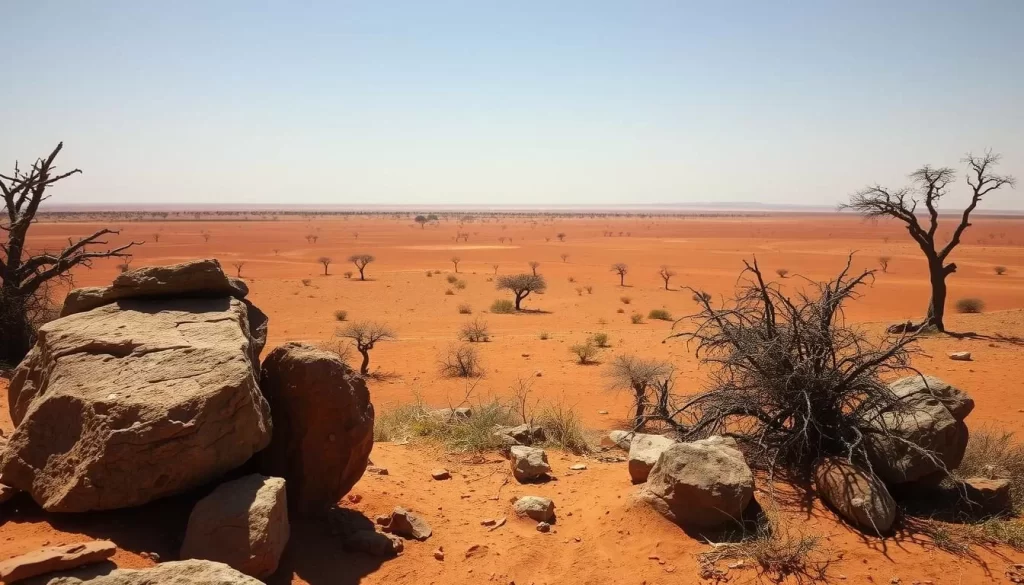
Wet Season (June-October)
The wet season in Mali begins in June and continues until October. This period is characterized by increasing humidity and sporadic rainfall, particularly in the southern regions. July and August are the peak months of the rainy season, with regular afternoon downpours that can make rural roads impassable due to flooding.
Despite the challenges, the wet season has its advantages. The landscape becomes lush and green, and the weather is generally cooler. September sees a decrease in rainfall, making it a good time to visit if you want to experience Mali’s vibrant music scene and attend events like the Festival on the Niger in Ségou.
By October, the rainfall has significantly reduced, and the temperatures are comfortable, making it an attractive time for visitors who want to enjoy Mali’s landscapes at their most verdant.
Regional Weather Considerations
Understanding the regional weather patterns is crucial for planning a trip to Mali. The country’s diverse geography results in varied climate conditions across its regions.
Northern Mali (Sahara Desert)
Northern Mali, which includes the Sahara Desert, is characterized by extreme heat and arid conditions. Temperatures can soar during the day, while dropping significantly at night. The best time to visit this region is during the cooler months, from November to February, when temperatures are relatively more manageable.
The harsh desert climate means that travel during the peak summer months can be challenging. Visitors should be prepared for extreme heat and potential sandstorms.

Central Mali (Sahel Region)
Central Mali, encompassing the Sahel region, experiences a semi-arid climate. This area is marked by a transition from the arid Sahara to the more humid savannas of the south. The weather here is characterized by a dry season and a wet season, with the dry season being the more favorable time for travel.
During the dry season, from November to May, the region experiences minimal rainfall, making it ideal for exploring destinations like the Dogon Country.
Southern Mali (Savanna)
Southern Mali has a tropical savanna climate, with a longer rainy season that lasts from May to October. Annual rainfall exceeds 600 mm, resulting in lush landscapes during the wet season. However, the dry season, from November to April, is considered the best time to travel due to more comfortable temperatures and reduced risk of malaria.
The region’s climate supports diverse agricultural patterns and cultural traditions, offering visitors a range of experiences depending on the time of their visit. The dry season offers comfortable temperatures, while the wet season transforms the landscape into a lush, vibrant scenery.
Cultural Events and Festivals by Season
Mali’s cultural calendar is filled with vibrant festivals and events that take place throughout the year, offering visitors a unique glimpse into the country’s rich heritage. You can experience the best of Malian culture by attending one of these festivals, which are an integral part of the country’s identity.
Festival au Désert (January)
One of the most notable events is the Festival au Désert, held in January. Although it’s worth noting that the festival has faced challenges in recent years, it traditionally celebrates Tuareg culture with music, dance, and poetry. You can immerse yourself in the rich traditions of Mali’s Tuareg community during this event.
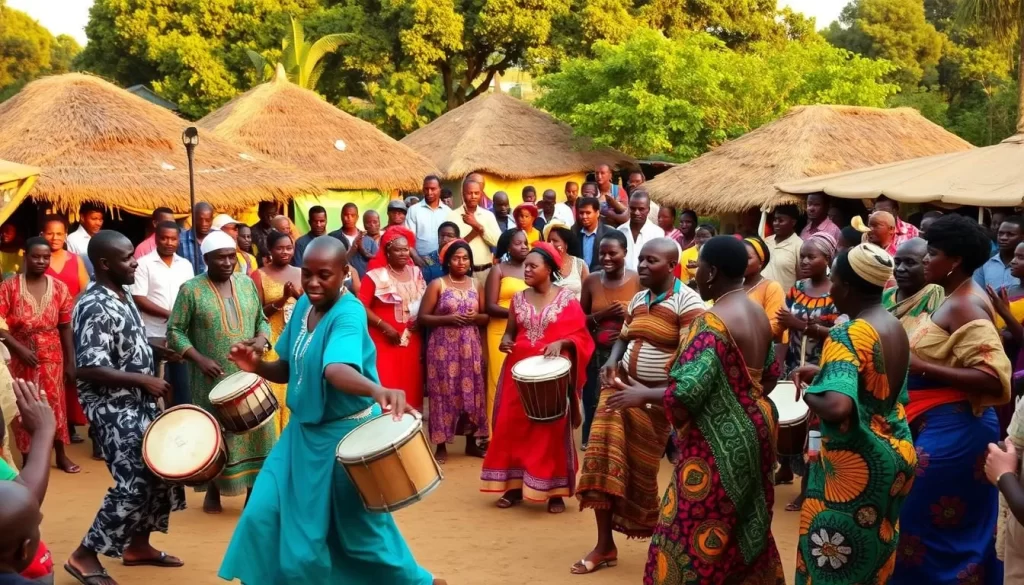
Festival sur le Niger (February)
In February, the Festival sur le Niger takes place in Ségou, showcasing the region’s cultural heritage through music, dance, and art. You can enjoy the festivities along the banks of the Niger River, making for a memorable experience during your visit to Mali.
Other Seasonal Celebrations
Mali hosts various other cultural events throughout the year. For instance, the Festival of Masks in Markala (typically in May) and harvest festivals in October and November offer insights into the country’s rich cultural traditions. Additionally, religious celebrations like Eid al-Fitr and Eid al-Adha are observed nationwide, providing a glimpse into the country’s spiritual practices. You can plan your travel to Mali around these events to make the most of your trip.
By attending these cultural events, you can gain a deeper understanding of Mali’s culture and traditions, making your visit to Mali a memorable and enriching experience.
Weather-Based Activities in Mali
As you plan your trip to Mali, understanding how the weather impacts different activities can help you make the most of your travel experience. Mali’s diverse climate and geography offer a range of activities that are best enjoyed during specific times of the year.

Exploring Historic Sites: Timbuktu and Djenné
Mali is home to some of the world’s most fascinating historical sites, including the ancient cities of Timbuktu and Djenné. The pleasant weather during the dry season, from November to February, makes it an ideal time to explore these sites. You can wander through the narrow streets, taking in the rich history and cultural significance of these UNESCO World Heritage Sites.
Hiking in Dogon Country
For those who enjoy hiking, Dogon Country offers breathtaking landscapes and unique cultural experiences. The dry weather from December to May is the best time for hiking, as the trails are clearer and the temperatures are more manageable. You can hike through the rugged terrain, visiting traditional Dogon villages and enjoying the stunning scenery.
Niger River Excursions
The Niger River is the lifeline of Mali, offering a unique perspective on the country‘s cultural and natural landscapes. Travelers can take a boat trip from Mopti or Gao to explore the river’s banks, where different ethnic groups live. The optimal time for Niger River excursions is from December through February, when the water levels are high and the weather is dry and cool.
- The river reaches its highest levels in December and January, making it ideal for accessing riverside communities and observing the Niger’s floodplains.
- Traditional pinasse boat journeys between Mopti and Timbuktu offer insights into rural riverside life and opportunities to see diverse bird species.
Conclusion: Planning Your Weather-Perfect Mali Adventure
For travelers considering Mali, pinpointing the optimal time to visit can make all the difference in enjoying the country’s offerings. The ideal window for a visit is from November to February, when the weather conditions are most comfortable.
When planning your trip, consider that flight prices to Bamako-Sénou International Airport vary by season, with higher rates during the peak tourist season. Booking in advance is advisable. Accommodations range from basic guesthouses to luxury hotels in Bamako, and reservations are strongly recommended during peak season.
Despite the challenges posed by safety concerns, Mali’s cultural heritage and landscapes offer compelling reasons to visit. It’s essential to stay informed about the latest travel advisories and consider guided tours with reputable companies. Health preparations, including malaria prophylaxis and yellow fever vaccination, are also crucial.
By carefully planning your trip, taking into account the weather, safety, and health considerations, you can have a rewarding experience in Mali. Whether you’re exploring historic sites like Timbuktu or enjoying the Niger River excursions, your weather-savvy approach will enhance your adventure.
The above is subject to change.
Check back often to TRAVEL.COM for the latest travel tips and deals.
